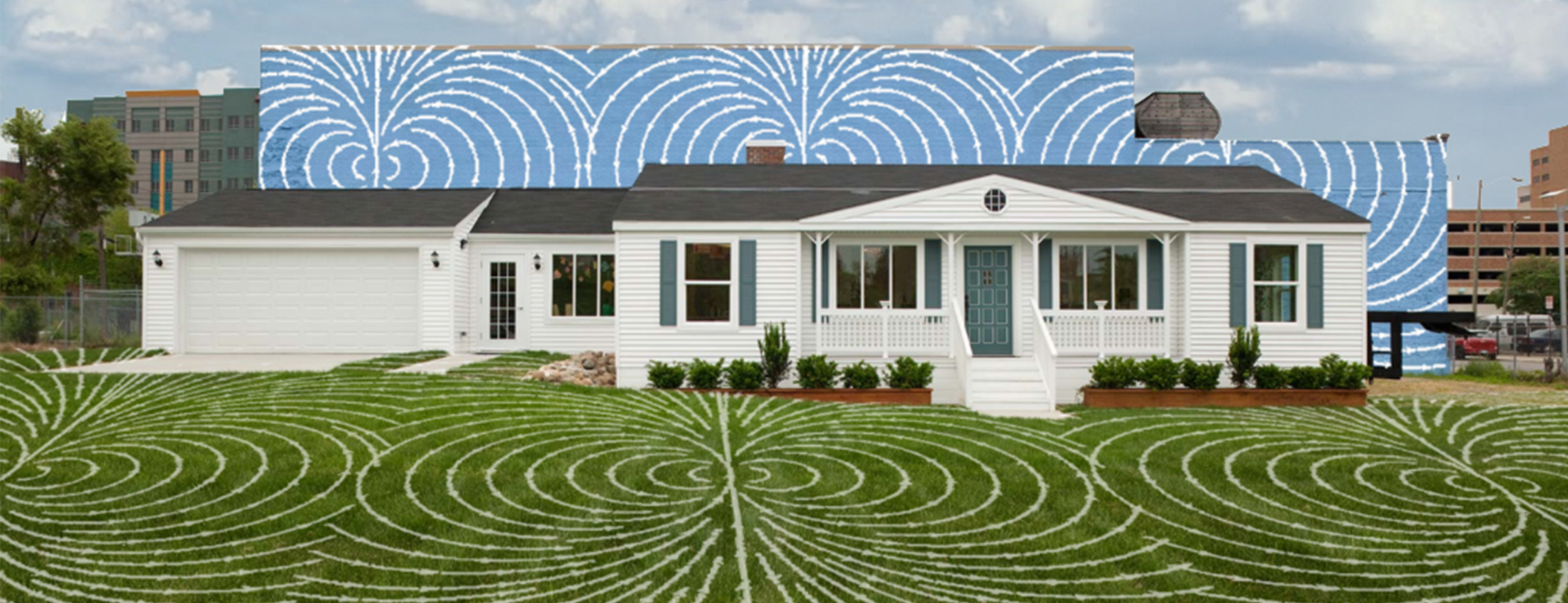Projects
BIOID is a patent generating device that registers and records five forms of biometric data and draws up an automatic patent application to guarantee personal rights to that data. A patent on individual biometric information could then require rights and royalties for usage by a range of technology based agents and services.
About the BIOID project
BIOID was included in a collective project entitled The Institute of Patent Infringement (IoPI), “an ongoing project looking at how intellectual property, specifically patenting law, is used by Big Tech firms to monopolies technological development. The project involved making a range of Amazon’s patent available online before asking students, industrial designers, architects, urban planners, artists, programmers and the wider public to merge, reimagine, infringe and hack existing Amazon patents. The IoPI’s collection of patent entries was commissioned through an open-call for WORK, BODY, LEISURE; the theme of the Dutch Pavillion at the Venice Architecture Biennale 2018, curated by Marina Otero.Selected entries were chosen to be displayed in Venice along with the existing Amazon patents. Entries included: Gruppo Torto, Carolien Schippers (-C-A-S-), Rutger Huiberts and Evangelos Kotsioris (Universal Space Program), Bassem Saad, Eirini Malliaraki and Paris Selinas, Enrique Villamuelas García, Kyle Branchesi, Darle Shinsato and Calvin Zhong; Clare Lyster, Donovan Aranda and Alexandros Mpougas; Constance Vale; Mark Wentzel; Rob Duarte; Anna Bloch, Christofer Kanljung , Fredrik Garneij and Samantha Hookway (Studio Alright); and Gizem Sivri. It subsequently took the form of a roaming patent library installation shown in the V&A and Het Nieuwe Instituut in Rotterdam.”

About DWELLING project
Dwelling was born from a seed of curiosity about the architectural remnants in Freedom Park. Abandoned stoops, foundations, and sidewalks invited us to reflect on the history of the park. These physical remains witnessed the condemnation of buildings, the seizure of property through eminent domain, and the demolition of over 600 structures to build the major freeways.
Michael Page, a geospatial scientist with the Emory Center for Digital Scholarship, and artists Mark Wentzel and Robert Henry, reimagined a selection of the homes foundational footprints using low-VOC athletic field paint.
Dwelling offers fresh narratives that bridge the past, present, and future of Freedom Park and the City of Atlanta in a moment of new planning and development, intending to open dialogue among a diverse audience.
Creative Space Initiative - 4 Fields Exhibition
About the Environ Gallery project
This project was a collaboration between artist Mark Wentzel and scientist Karen Levy, a former professor in Environmental Health at Emory University. The project received a Creative Space Initiative Project Grant through the Emory’s Center for Creativity and Arts to organize and install an exhibition space in the newly constructed Claudia Nance Rollins Building at the Rollins School of Public Health (RSPH). The inaugural exhibition in the newly establish “Environ Gallery” on the 2nd floor of RSPH was entitled 4 Fields and presented work by four Atlanta-based artists: Mark Wentzel, Allen Peterson, Susan Krause, and Steve Jarvis, whose art considered creative ideas that paralleled the fields of environmental and public health. The overarching goals of the project, beyond the gallery space and exhibition, were to formally introduce Emory’s “Creative Space Initiative” and to open a theatre of discussion on both individual and institutional ideas regarding the potential relationships between art and science.
flow fields – detroit

flow fields - atlanta
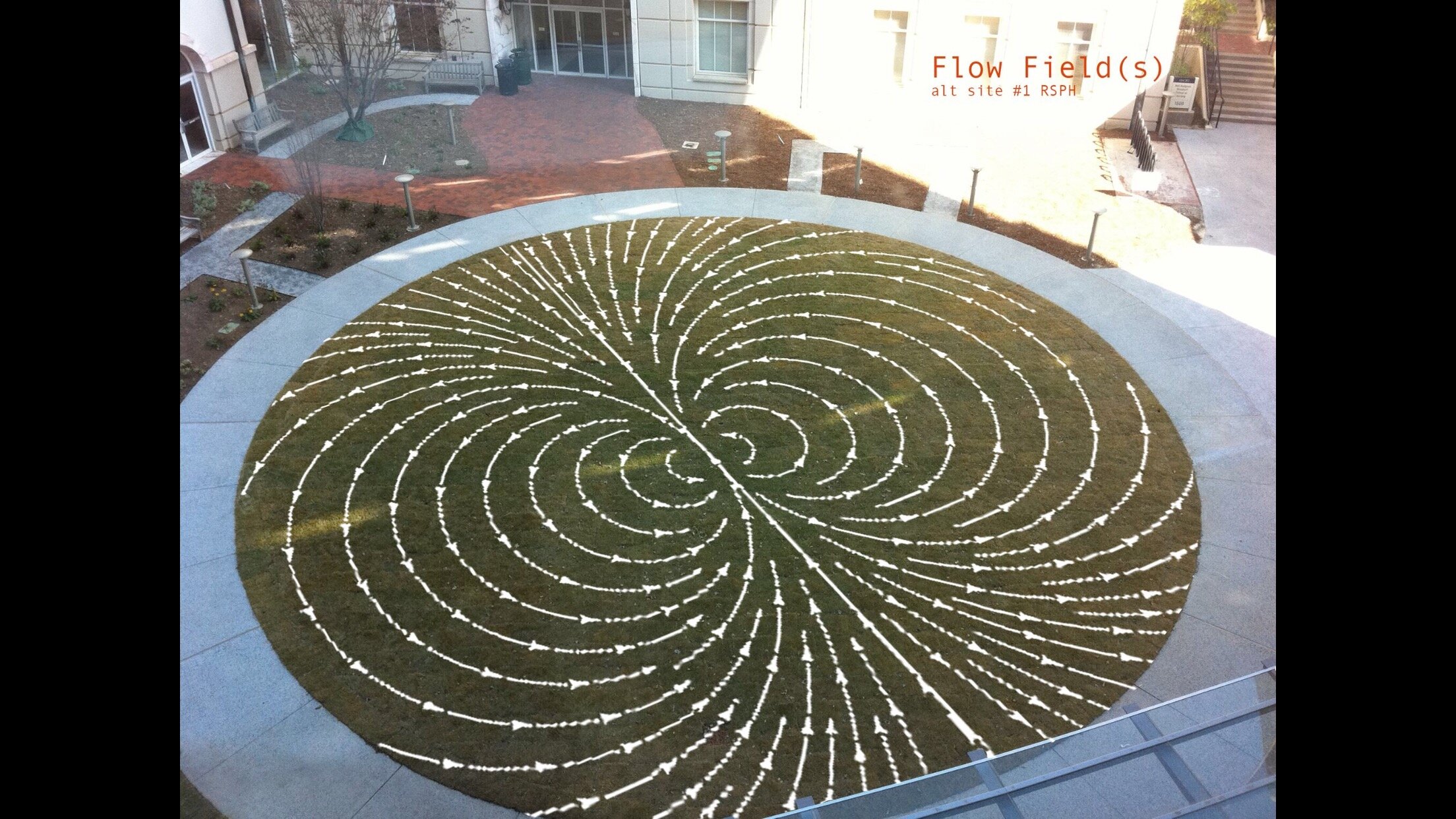

About the Flow Fields project
Flow Field(s) is the application of a grid pattern and vector fields using environmental friendly turf paint on a section of Freedom Park in Atlanta, Georgia. The project sets up a Cartesian landscape that unfolds onto the surface of public green space allowing people to move into an open environment and experience their body as a vector. Flow Field(s) is a temporary work designed as an exploration of direction, particularly human direction, within a natural setting. How we move through time and space as humans carries with it a range of markers, things that tell us what time it is and where approximately we are. But what is increasingly clear through scientific discovery is that both time and space, as we understand them, are fluid. They are altered by things such as memory, mass, consciousness, and distance. As technology persistently invades our time and redefines our space we may begin to feel an increasing insecurity about our connection to ourselves and the natural world.
About the Chromizone project
Chromizone was a collaborative project between artist Mark Wentzel and senior scientists in the Division of Nutrition, Physical Activity and Obesity at the CDC in Atlanta. The project proposal received a $100k internal grant from the CDC to organize an art-science collaborative venture designed to apply imagination, divergent strategies, and aesthetic delivery to solving public health challenges. The Chromizone project was designed to combine the disciplines of art and science to create an interactive, graphically dynamic teaching tool that would allow people to visualize their place in the food system and motivate them to support policy change that would transform it to promote health instead of disease. Mark teamed with CDC researchers to build a scalable “education architecture” with a unique set of aesthetic and creative capacities that would bring to life key issues related to nutrition, physical activity, and obesity and illustrate positive policy, systems, and environmental solutions to those issues. It focused on developing a wide-reaching public interface for the through partnerships with other federal agencies, corporations, academia, and non-profit organizations.
The Chromizone project included an educational component through the Collaborative Learning Center at SCAD in Atlanta. A course was developed for art and design students to generate a creative response to food systems, personal habits, and individual and public health. A graduate student in film & video production lead the group of 8 students in developing a short documentary video-entitled “8 Seeds”-of their personal art-based reaction to public health challenges around food.

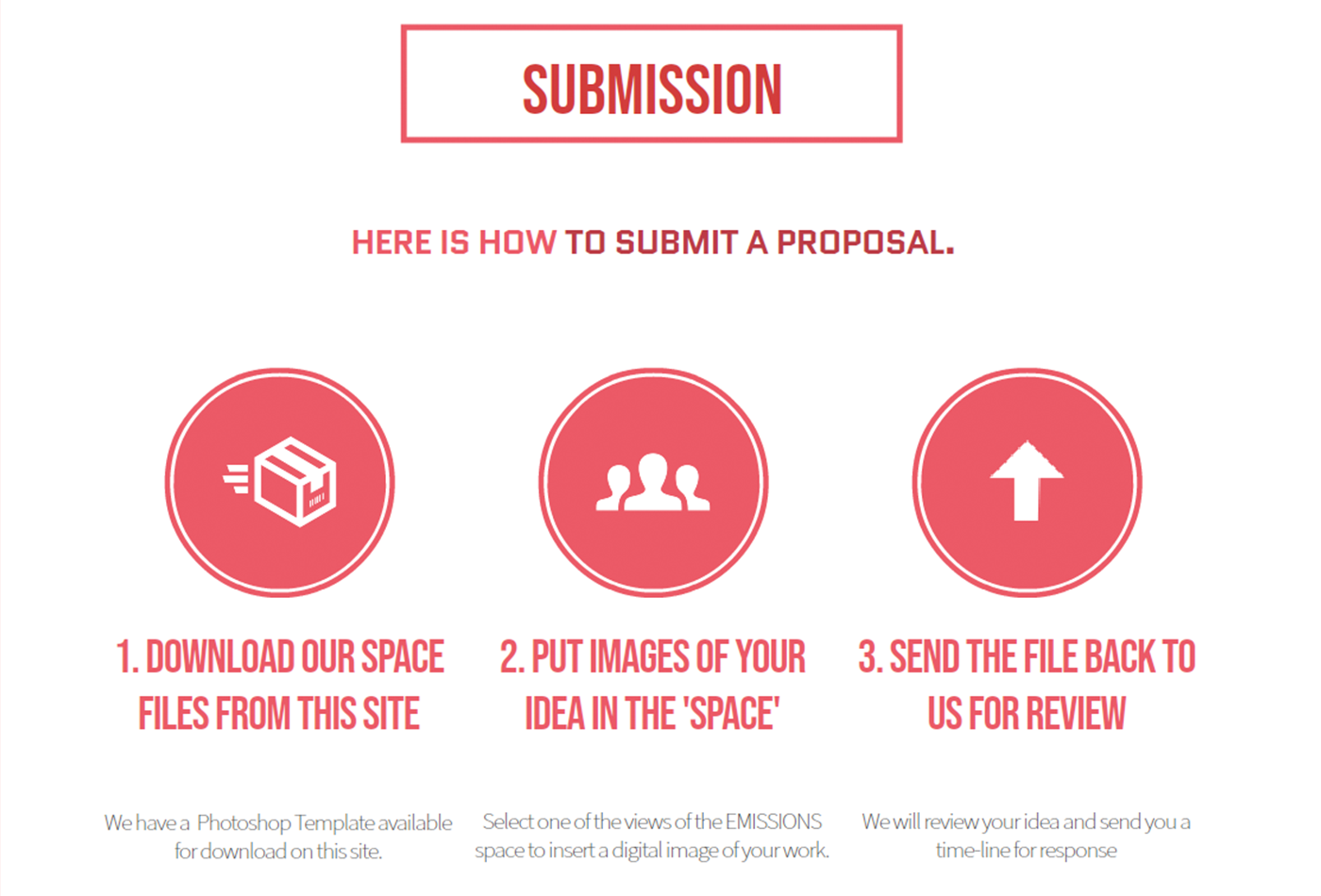
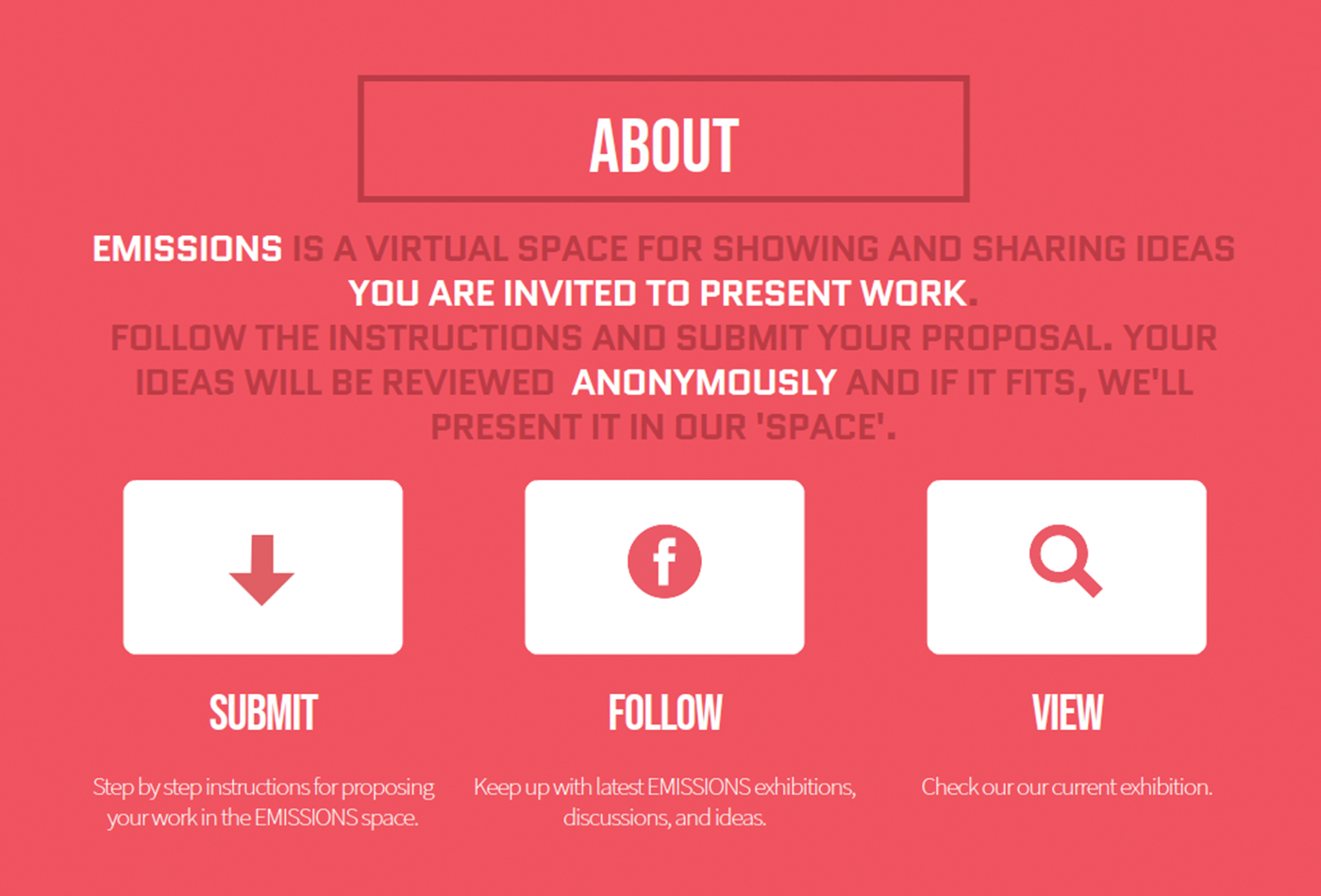
emissions – virtual open call art gallery, atlanta
Russia/Ukraine subway stations series
About the Emissions Gallery project
The Emissions Gallery is a Metaverse portal for virtual 3 dimensional exhibitions based on a real geography and existing architecture; a gas station at North Ave & Highland Ave in the Poncey-Highland neighborhood of Atlanta, Georgia. Emissions is to be an open call on-line virtual exhibition space for presenting original digital art and architecture, digital representations of real objects, or any range of multi-media and ephemeral projects.

SAVE IT-CTVC (Cum Tempore Vincent Chin) - detroit

About the Raison D’etroit project
The Raison D’etroit project emerged after spending many years visiting the inner city neighborhoods of Detroit and documenting the condition of many remaining homes. I spent hours driving and walking around a trapezoidal swath of Detroit’s near East side, a territory flanked by the Hamtramck General Motors plant to the north, Trinity (Lutheran) Cemetery to the East, Detroit’s Historic Eastern Market to the South, and the hospital where my mother died to the West. Raison D’etroit has been a long running creative experiment for me, one not motivated out of delight at the seeming tabula rasa of the desolate landscape or out of despair for its condition or the people who lived there. Growing up around Detroit means to understand and mitigate extremes, the split vision of a place that is both warm and extremely cold, hopeful and seemingly hopeless. Raison D’etroit has been an imaginary place for me to suspend time, explore possibilities, generate creative works, and wrestle with the past, present, and future. Save It For Later is one expression among many I have undertaken.
See my 2000 photo documentation of distressed house in Detroit’s Eastside/Poletown neighborhood.
TIME IM – Atlanta



About the TIME IM project
TIME IM is a conceptual time piece that moves through abstract configurations throughout the day coming to rest on the word TIME twice in each 24hour period. TIME IM suggests the subjectivity of time and creates its own private coding for each subsequent passing moment. If time is indeed a human construct, TIME IM is a reminder that the sensation of time is an aggregate of experience, motion, attention, and attitude.


escalier forte - flux projects, atlanta
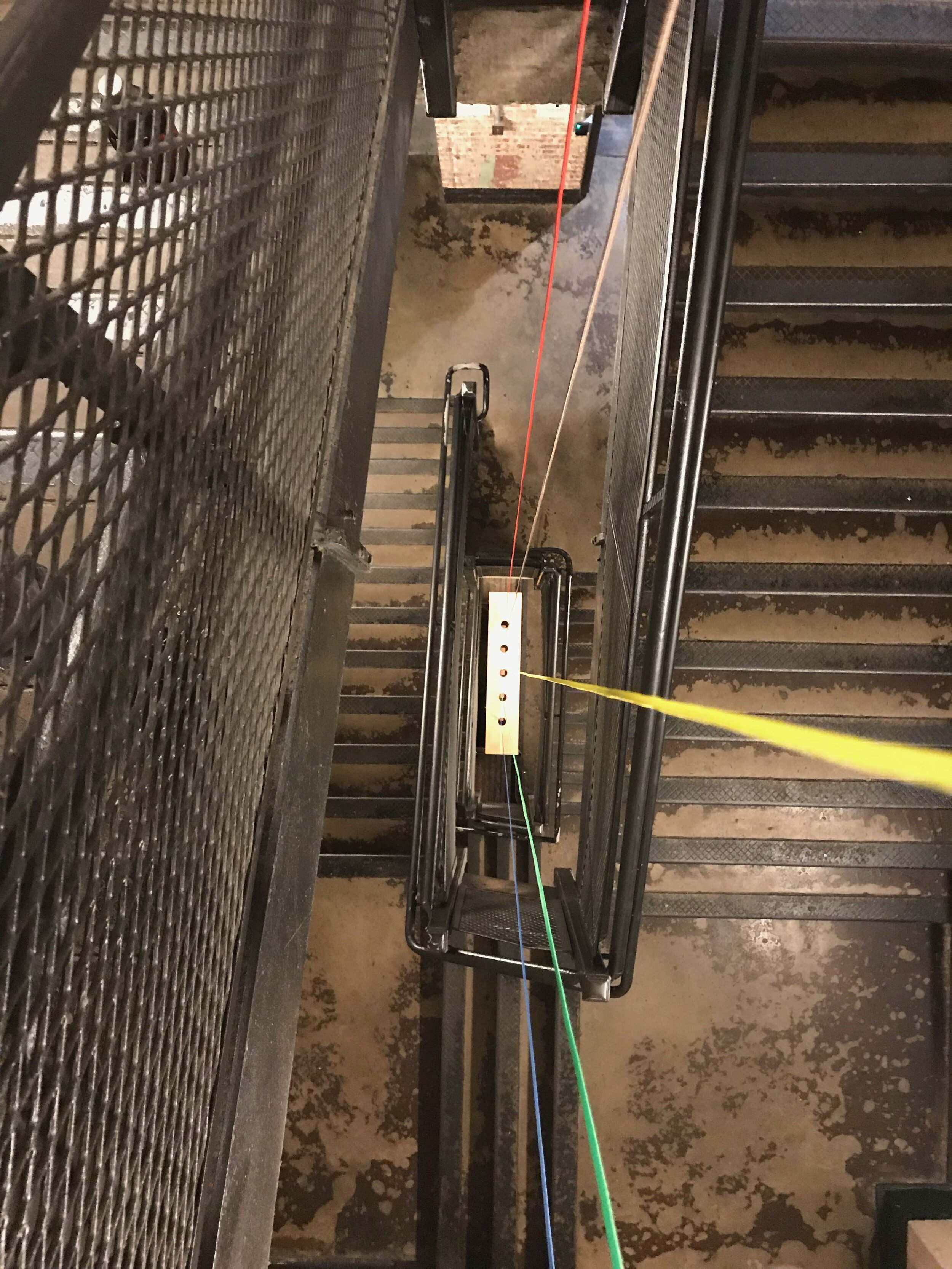

About the Escalier Forte project
Stairwell H is a 12 floor service stairwell that ascends from below Ponce City Market’s food court to the top floor of the building. Project collaborators, artist Mark Wentzel, and sound designer, Andrew Lackey, transformed the stairwell into a multi-story stringed instrument, a work they entitled escalier forte meaning “loud staircase.” The project explores the inherent acoustic properties of the stairwell by locating and exciting the hidden sonic qualities of the space using string vibration and both sympathetic and forced resonance. The escalier forte project asks questions of both the public and the building itself. What is a building or space meant to sound like? How does architecture want to respond to sound waves? How do we as humans listen and respond to the urban environment we build around ourselves? Can we “tune” our surroundings and modify our experience to better understand and relate to the world? Visitors to Stairwell H plucked the strings of the escalier forte, “playing” its fundamental sounds, allowing them to physically activate the tonal properties of the structure and consider such questions.
Escalier Forte was included in a group exhibition on sound art organized the Flux Projects in Atlanta, Georgia.










